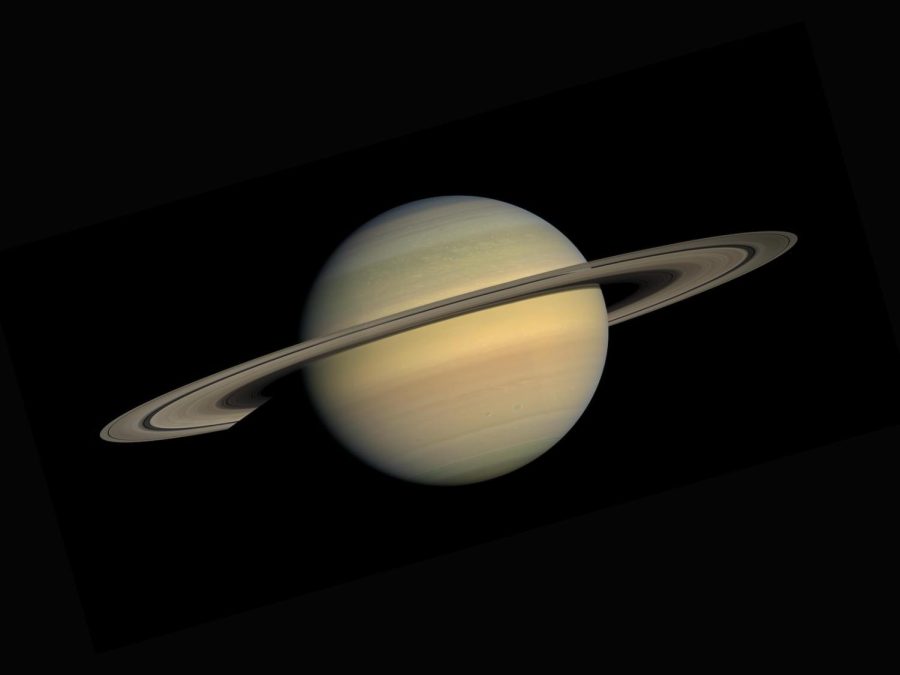NASA Plans to Launch Missions to Saturn’s Moon Titan
The Dragonfly Mission will try to analyze the chemical composition of Titan
Titan, the largest moon of Saturn, has characteristics similar to that of a young Earth. It has an atmosphere, oceans, clouds, and rain. Because of its similarity to an early-Earth, which later developed life, scientists hope to answer the questions of how life and humanity developed on Earth.
NASA hopes to launch the Dragonfly mission to Titan by 2027. The Dragonfly mission is a step in unlocking the secrets of how life developed in the universe. The Dragonfly Mass Spectrometer (DraMS) will analyze the chemical composition of Titan’s surface and contribute to research in prebiotic chemistry, the study of the chemical steps that occurred on Earth that led to the formation of life. A mass spectrometer analyzes the chemical composition of a sample by breaking it down into its most basic molecules and using sensors to identify them.
NASA says that the conditions of Titan with a past presence of liquid water, and interior ocean, and carbon makes Titan the best place to study prebiotic chemistry and the habitability of extraterrestrial environments.
The Dragonfly mission should arrive on Titan by the mid-2030s
The Dragonfly lander will be able to jump around Titan’s surface due to its low gravity, sometimes several miles apart, allowing it to collect samples from a diverse variety of environments with differing geological conditions. Dragonfly’s lander is capable of flying more than hundred miles through Titan’s atmosphere.
Samples less than a gram will be drilled out of Titan’s surface using DrACO (Drill for Acquisition of Complex Organics). The samples will then be brought inside the lander and measured by DraMS.
Dr. Melissa Trainer, a planetary scientist and one of the mission’s deputy principal investigators, said that “DraMS is designed to look at the organic molecules that may be present on Titan, at their composition and distribution in different surface environments.”
Carbon is contained in organic molecules, making them critical for life. It is interesting to study them because they can be created by both organic and non-organic processes.
DraMS was developed by the same group that contributed to the design of the Sample Analysis of Mars (SAM), allowing them to build on progress and technology applied to the Mars Curiosity Rover.
Related Articles
https://interestingengineering.com/science/nasa-mission-to-saturns-titan
https://www.nasa.gov/feature/goddard/2023/dragonfly-drams-instrument
https://www.planetary.org/space-missions/dragonfly
https://www.space.com/dragonfly-titan-spacecraft-landing-site
https://news.cornell.edu/stories/2021/08/dragonfly-mission-titan-announces-big-science-goals
Take Action











